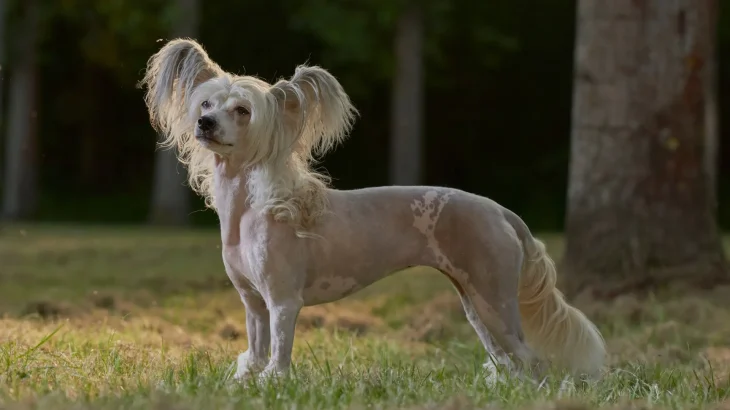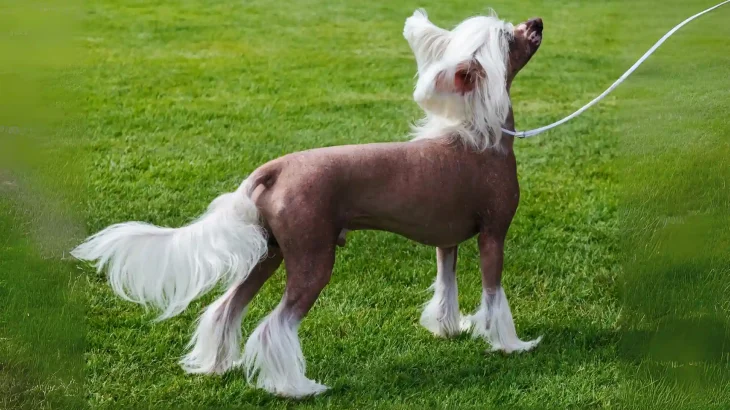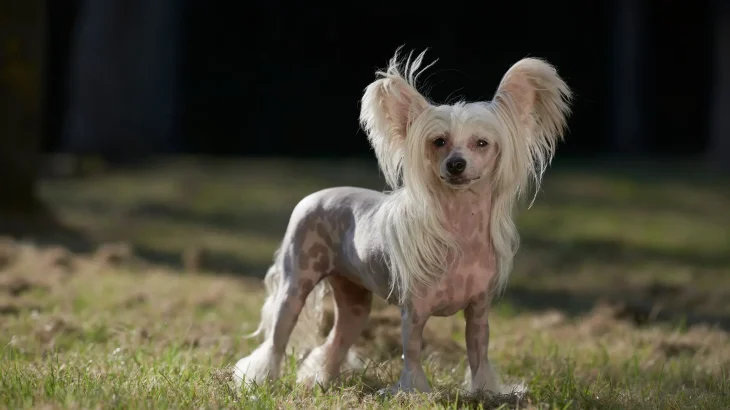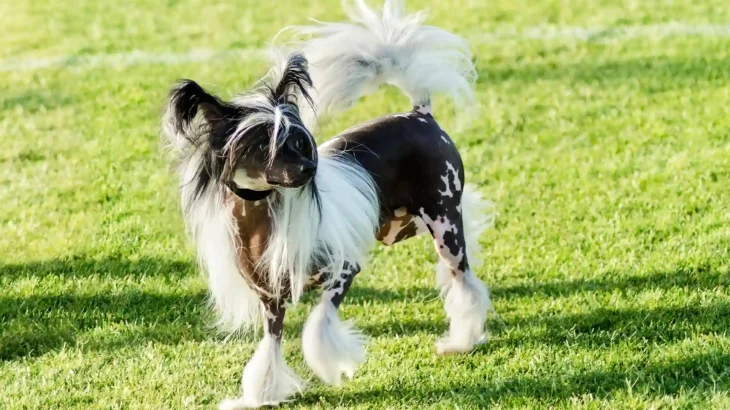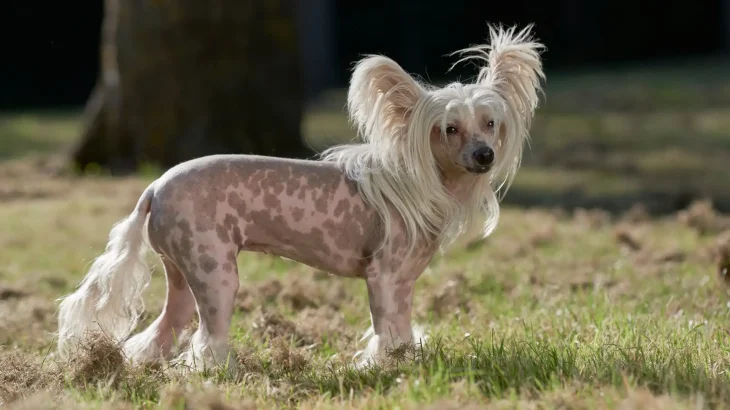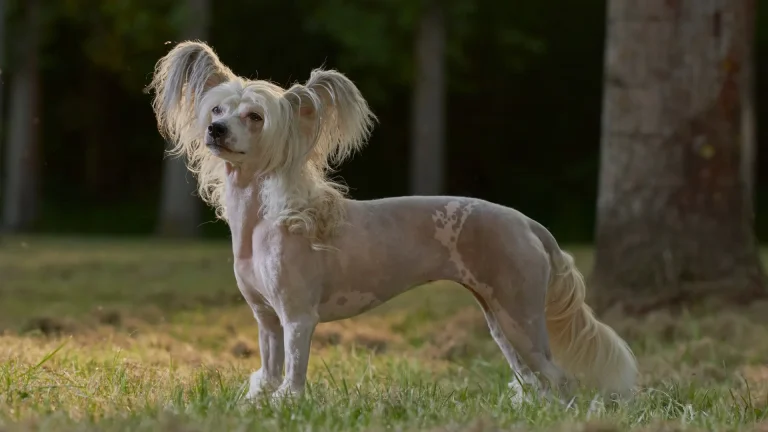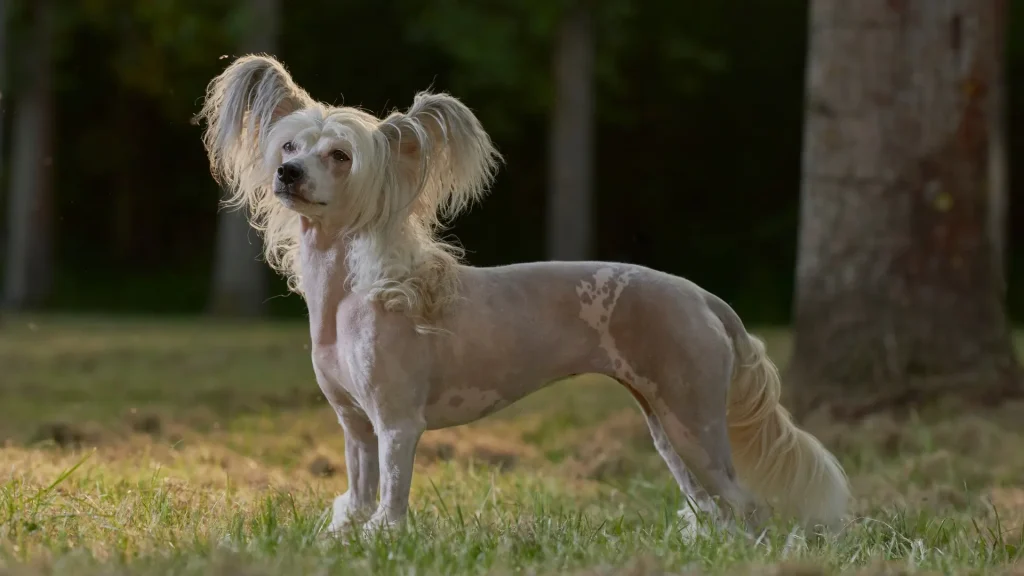Choosing between adopting or purchasing a Chinese Crested puppy involves weighing factors like cost, health transparency, and ethical considerations. While buying from a breeder often ensures known lineage and health backgrounds, adoption can offer a loving home for dogs in need, sometimes with less certainty about their past. Making an informed choice depends on what matters most to you in welcoming this unique breed into your life.
Adoption vs. Breeder: Pros & Cons
| Criteria | Buying from Breeder | Adopting from Shelter/Rescue |
|---|---|---|
| Cost | Typically higher, often several hundred to over a thousand dollars due to breed demand. | Generally lower adoption fees, usually covering vaccinations and spaying/neutering. |
| Health History | Breeders often provide detailed health records and screen for genetic conditions common in the breed. | Health history may be incomplete; shelters provide initial health assessments but limited genetic info. |
| Age Availability | Mostly puppies, allowing you to raise from a very young age. | Range of ages available, including adults and seniors, giving more options. |
| Temperament Insight | Breeders can offer insights into lineage temperament and behavior patterns. | Shelter staff can share observed traits but full background is often unknown. |
| Supporting Practices | Supports responsible breeding focused on the Chinese Crested breed. | Supports animal welfare by rescuing dogs and giving them new homes. |
| Ethical Considerations | Important to choose reputable breeders to avoid contributing to puppy mills. | Adoption helps reduce pet overpopulation and gives homes to dogs in need. |

